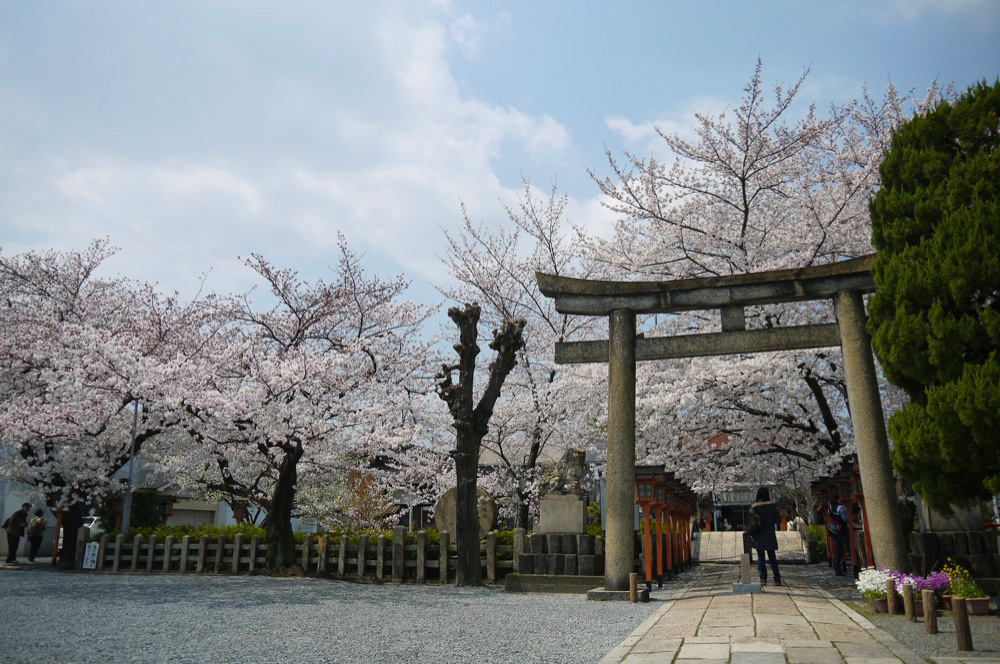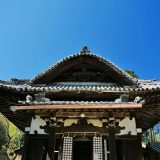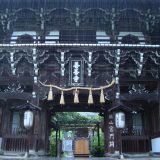
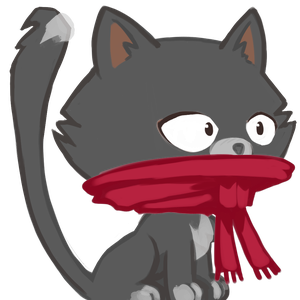
Table of Contents
What is Rokuson-o Shrine?
Rokugon-o Shrine is dedicated to Minamoto no Norimoto, grandson of Emperor Seiwa. Known as the first generation of the Seiwa Minamoto clan, it is said that after his death he became a dragon god to watch over his descendants. There is a pond on the shrine grounds where it is said that he lived as a dragon god, and it still remains today as Shinryu Pond.
Basic Information
| Official Name | Rokuson-o Shrine |
| Common name | Rokuson-san |
| Benefit | Good fortune for success in life, prosperity of family fortune |
| Date of Establishment | 963 (3rd year of Owa era) |
| Deity | Minamoto no Norimoto |
| Business hours | Free to enter the precincts |
| Admission Fee | Free in the precincts |
| Parking lot | Parking is available |
| Location | 509 Hachijo-cho, Minami-ku, Kyoto-shi, Kyoto 601-8471 |
| Phone number: 075-691-0310 | 075-691-0310 |
| Official website | http://www.rokunomiya.ecnet.jp/ |
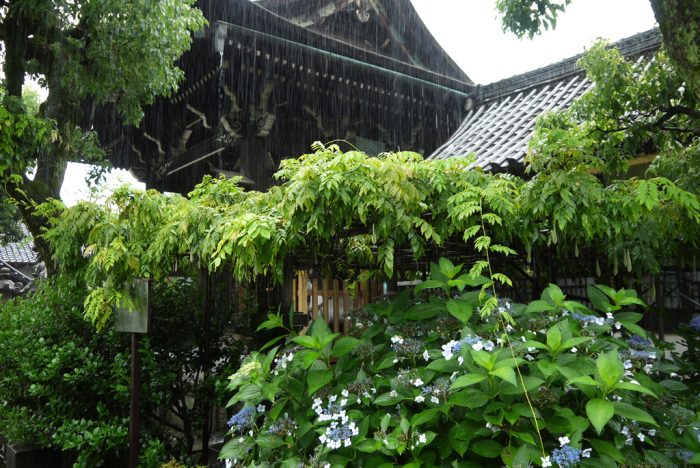
Features and Highlights
- Birthplace of the Seiwa Genji clan
- Koi no Kakebashi (bridge of love), which is believed to be beneficial for marriage
- Cherry blossoms and peonies adorn the temple grounds
- Power spot associated with the Seiwa Genji clan
In the center of the temple grounds is the Shinryu Pond, where it is said that Kyoki, who became a dragon god, lived. Carp swim in the pond and are used as motifs for ema (votive picture tablet). The drum bridge that crosses the pond is called “Koi no Kakebashi” (bridge of love) and is said to be beneficial for couples to get married.
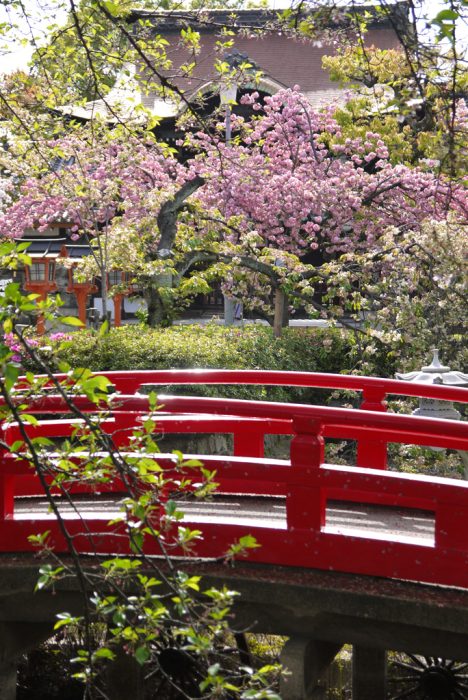
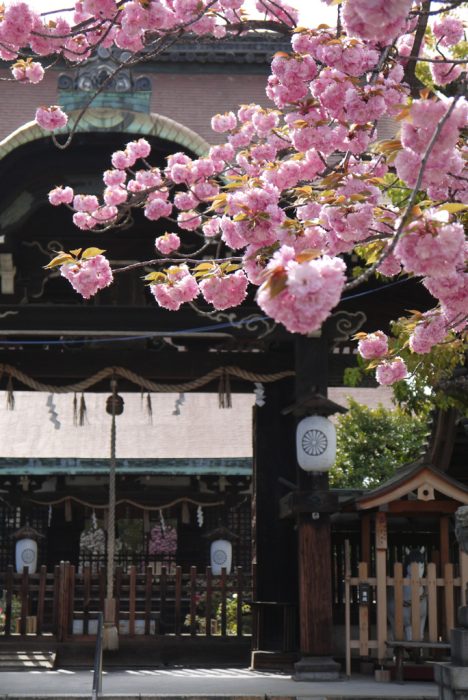
Also on the temple grounds are the main shrine dedicated to Minamoto no Norimoto and the Birthwater Benzaiten enshrined over the well where Minamoto no Mitsunaka, son of Norimoto, is said to have used the well to give birth. Birthwater Benzaiten is worshipped as a guardian deity for young children.
In spring, cherry trees such as Someiyoshino and mountain cherry trees bloom in the temple grounds, attracting many cherry blossom-viewing visitors. Peony flowers loved by Kyoki can also be seen on the temple grounds.
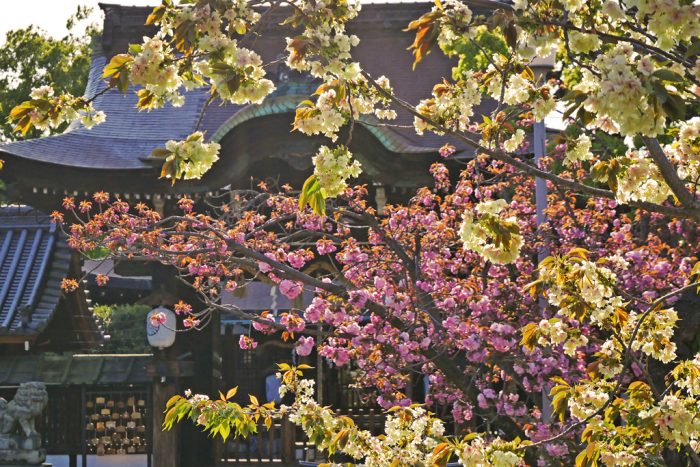
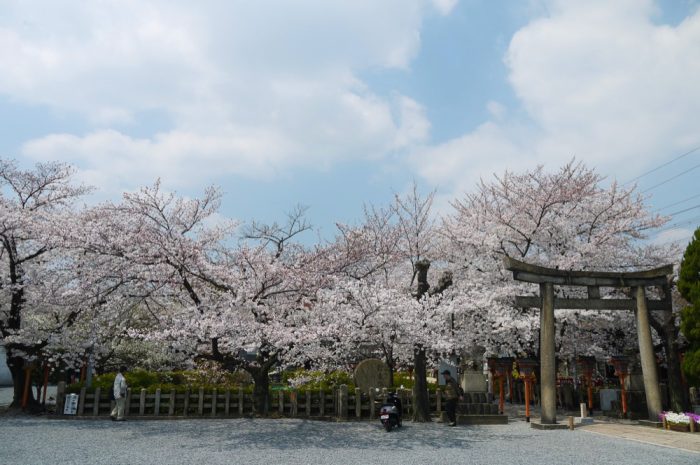
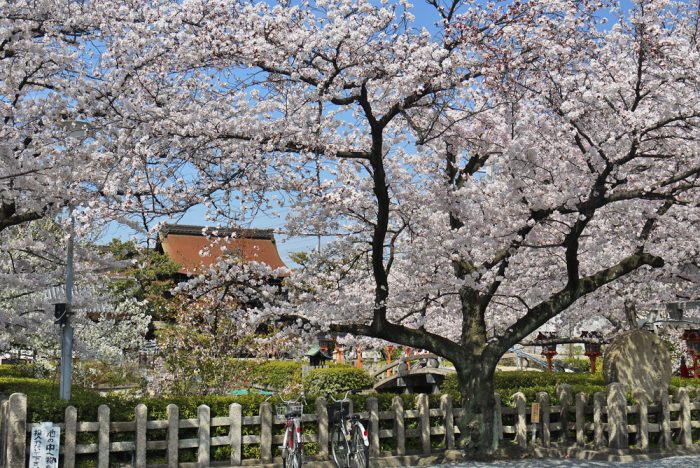
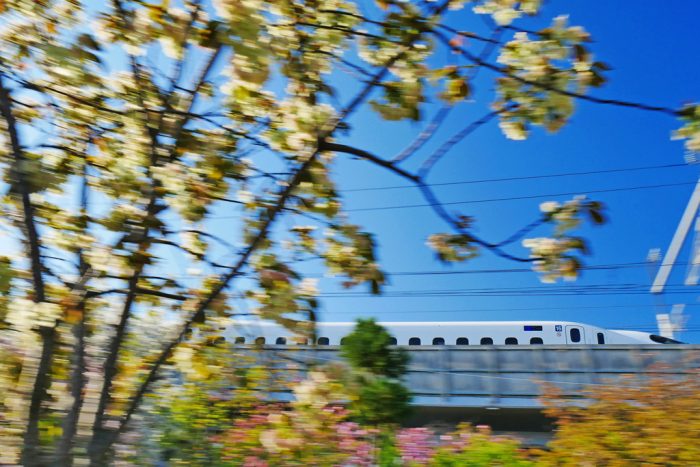
Event Information
Hoei Matsuri, a regular festival at Rokugonoh Shrine
There is a record that the Tokugawa family contributed to the restoration and restoration of the shrine and temple, which were their kinship shrines throughout the Edo period. In particular, Tsunayoshi, the fifth shogun, contributed to the construction of the structure at the request of Nanya Shonin, a monk of the Odori Temple. In addition, for the purpose of economic control, he ordered the feudal lords from the Minamoto family to donate money to the temple, and various stone lanterns were installed in the precincts of the temple by each feudal lord. The present building (designated by Kyoto City) was completed in the Hoei era (1704), and an annual festival called “Hoei Matsuri ” was held in grand style.
The annual festival is held on October 10 (Sports Day) in the presence of many worshippers, with children dressed as priests and carrying gold and silver gohei, hoko, and shields, led by demons representing the four directions, followed by a parade of portable shrines performed by Shinto priests and the local Shinto fraternity. The procession starts from Hachijo-dori Street, passes Odoriji Temple, and reaches Kujo-dori Street, where it continues until around 5:00 p.m.
List of Annual Events
| January | January 1 | New Year’s Day Festival |
| 2nd Sunday | Coming-of-Age Ceremony Tondo Festival | |
| February | 3rd (4th) Sunday | Setsubun Festival |
| March | Vernal Equinox Day | Ancestral spirits festival |
| April | Second Sunday | Genji Festival |
| June | 13th | Benzaiten Gokaicho Festival |
| 30th | Natsukoshi Purification Festival | |
| September | Autumnal equinox day | Ancestral spirits festival |
| October | Sports Day | Hoei Matsuri (regular festival) Shinko Matsuri |
| November | Shichi-Go-San Pilgrimage (accepted during November) | |
| Third Sunday of the month | Ohitaki Festival (fire-burning ceremony) | |
| December | 31st | New Year’s Eve Festival |
| Every month | 1st day of every month | Prayer service for prosperity of family fortune and offspring Prayer service for healthy upbringing of children |
How to access
- 13 minutes on foot from Kyoto Municipal Subway Karasuma Line or Kintetsu Kyoto Line Kyoto Station
- Take Kyoto City Bus and get off at ” Rokusojinja-mae ” bus stop. 3 minutes walk from the bus stop.
Summary
Rokugonoo Shrine is a historic shrine where you can relive the roots of the Seiwa Genji clan. Take a stroll through the shrine grounds, which are said to be beneficial for match-making and good luck, and soak up the atmosphere of good old Kyoto while admiring the beautiful cherry blossoms.

